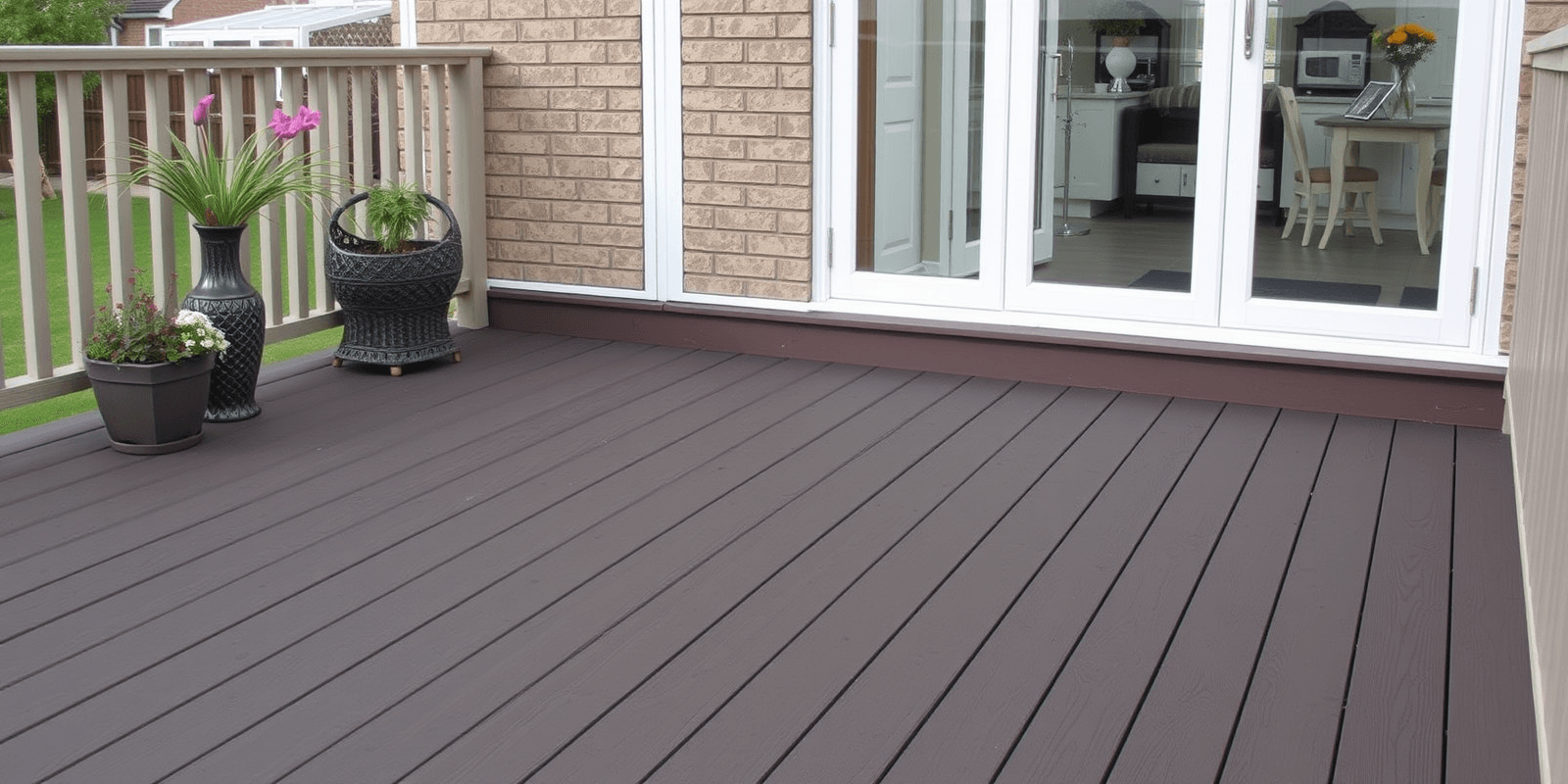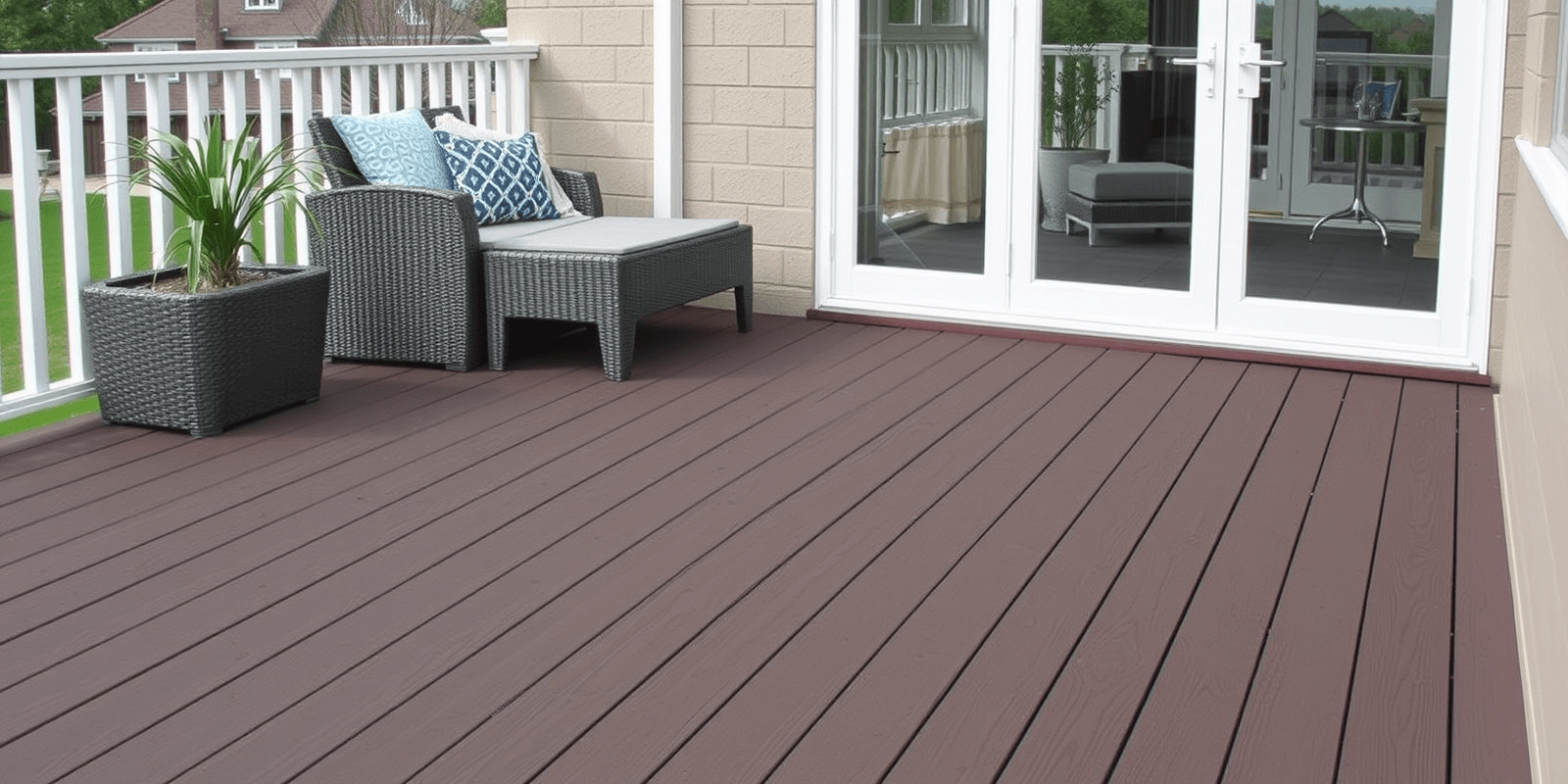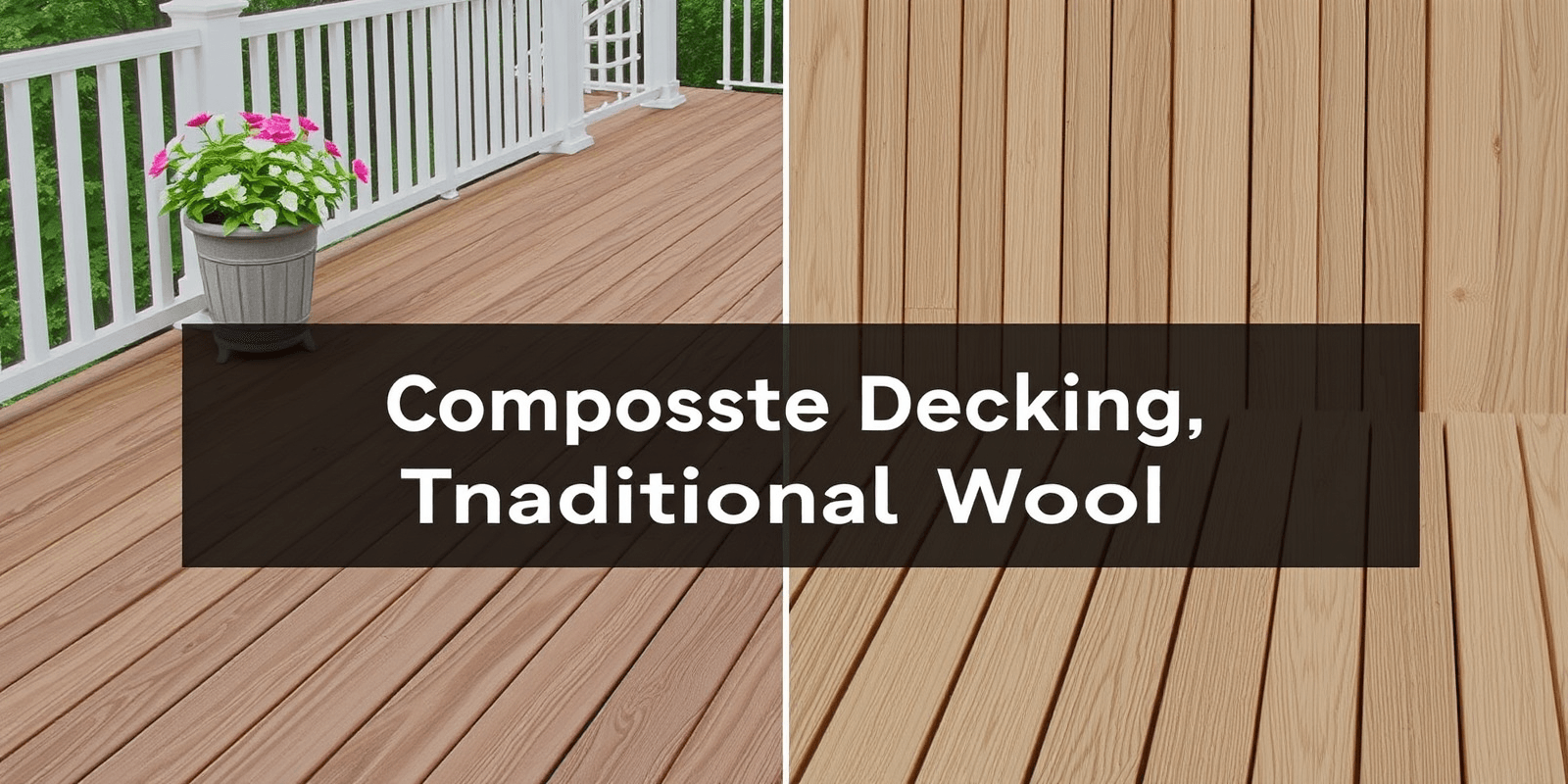“`html
Choosing the Right Type of Composite Decking UK Climates Demand
Introduction
In the United Kingdom, where the climate can be unpredictable with frequent rain, cold winters, and occasional heatwaves, choosing the right type of composite decking is crucial to ensure longevity and aesthetic appeal. Composite decking offers a durable, low-maintenance alternative to traditional wood decking. This guide will help you select the most suitable composite decking for your specific UK climate needs.
Understanding Composite Decking Types
Composite decking is made from a mix of wood fibers and plastic materials. The different types vary in their composition, durability, and appearance. Common types include:
- Wood-Plastic Composites (WPC): These are the most common and affordable type, combining wood fibers with plastic.
- Cellular PVC: Made entirely from PVC, these composites are highly resistant to moisture and rot.
- Co-extruded Composites: These feature an outer layer of plastic for added durability and resistance to stains and scratches.
How Each Type Performs in UK Weather Conditions
Wet Conditions
UK weather is notorious for its heavy rainfall. Wood-Plastic Composites (WPC) are generally water-resistant but can absorb some moisture over time. Cellular PVC, on the other hand, is completely waterproof and ideal for areas with high humidity or frequent rain. Co-extruded composites offer additional protection against water absorption and staining.
Cold Winters
During cold winters, composite decking must withstand freezing temperatures without cracking. WPCs can become brittle in extreme cold, while cellular PVC remains stable and flexible. Co-extruded composites provide superior flexibility and durability in freezing conditions.
Occasional Heatwaves
While UK summers are generally mild, occasional heatwaves can cause composite decks to expand or contract. Cellular PVC and co-extruded composites are less likely to warp or bend under heat, making them better choices for summer heat spikes.
Tips for Selecting the Most Suitable Option
When choosing composite decking for UK climates, consider the following factors:
- Location: Determine if your deck will be in a particularly wet area, exposed to direct sunlight, or subject to cold winter temperatures.
- Maintenance: Evaluate how much time you’re willing to spend maintaining your deck. Co-extruded composites require minimal upkeep due to their protective outer layer.
- Aesthetic Preferences: Consider the look and feel you want for your deck. Some composite options mimic the natural look of wood more closely than others.
Conclusion
By understanding the unique demands of UK weather conditions and the characteristics of different composite decking types, you can make an informed decision that ensures your deck remains beautiful and functional for years to come. Whether you prefer the affordability of wood-plastic composites, the durability of cellular PVC, or the enhanced protection of co-extruded composites, there’s a perfect solution for every UK climate.
References
For further reading and detailed information on composite decking, refer to the following sources:
“`



